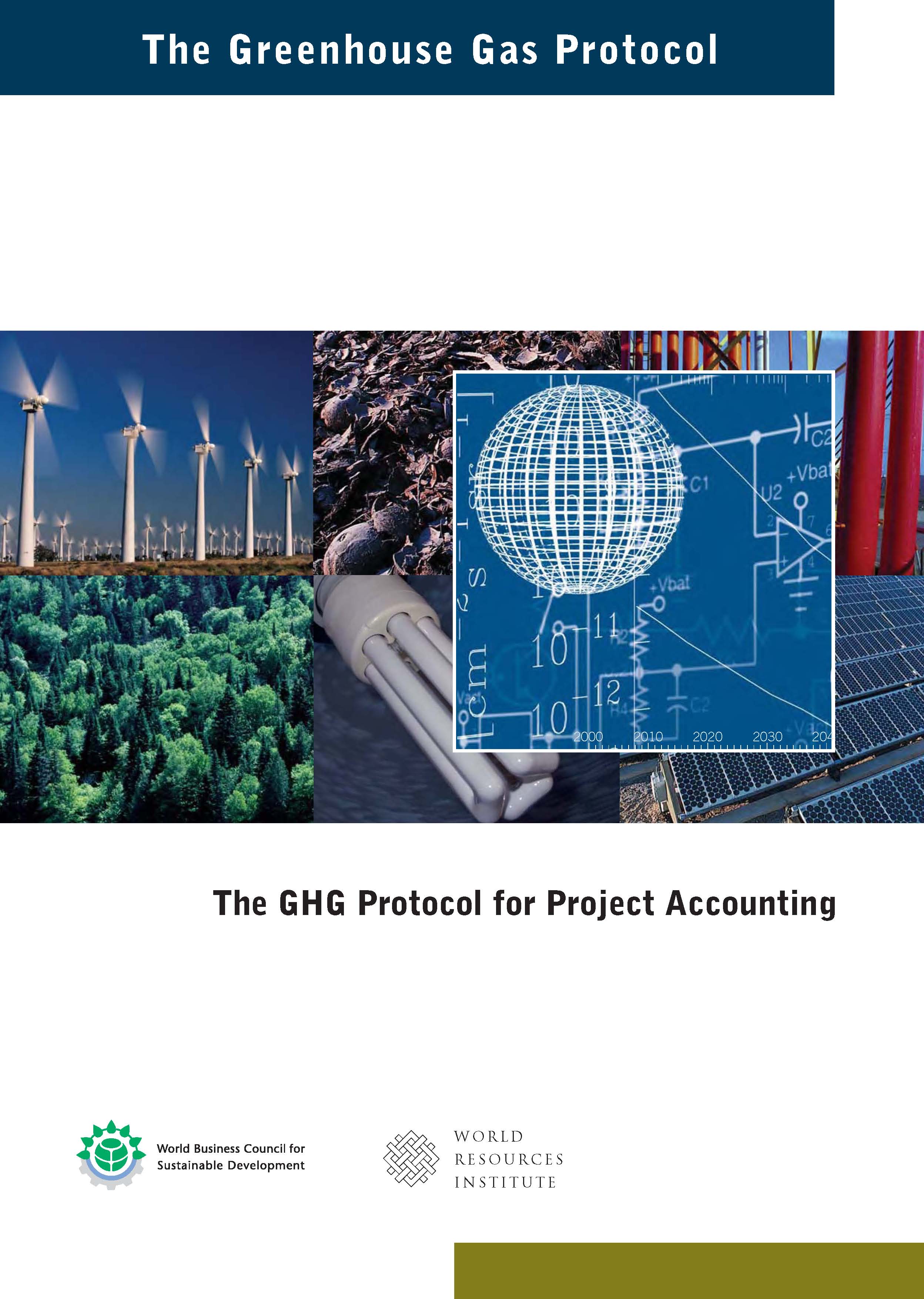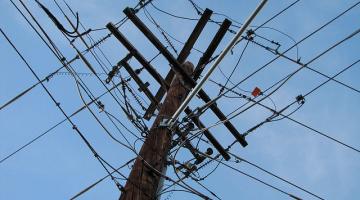
Project Protocol
The Project Protocol provides specific principles, concepts, and methods for quantifying and reporting GHG reductions—i.e., the decreases in GHG emissions, or increases in removals and/or storage—from climate change mitigation projects (GHG projects).
About the Project Protocol
The GHG Protocol for Project Accounting (Project Protocol) is the culmination of a unique four-year dialogue and consultation process with business, environmental, and government experts led by WRI and WBCSD. The Project Protocol provides the cornerstone for efforts led by WRI and others to develop globally compatible standards for a robust and thriving greenhouse gas market.
During its development, more than 20 developers of GHG projects from 10 countries "road-tested" a prototype version, and more than 100 experts reviewed it. As with the GHG Protocol Corporate Standard, the Project Protocol's strength lies in this collaborative process that was used to clarify and resolve challenging issues.
Who Can Use the Project Protocol?
The Project Protocol is written for project developers, but should also be of interest to administrators or designers of initiatives, systems, and programs that incorporate GHG projects, as well as third-party verifiers for such programs and projects. Any entity seeking to quantify GHG reductions resulting from projects may use the Project Protocol. However, it is not designed to be used as a mechanism to quantify corporate or entitywide GHG reductions; the Corporate Standard should be used for that purpose.
Land Use, Land-Use Change and Forestry
The Land Use, Land-Use Change, and Forestry (LULUCF) Guidance for GHG Project Accounting (LULUCF Guidance) was developed by the World Resources Institute to supplement the Protocol for Project Accounting (Project Protocol). This document provides more specific guidance and uses more appropriate terminology and concepts to quantify and report GHG reductions from LULUCF project activities.It was launched at the Conference of Parties-12 (COP-12) in Nairobi, Kenya on November 7, 2006.
Grid-Connected Electricity Projects
The Guidelines for Grid-Connected Electricity Projects provides detailed guidance on how to account for greenhouse gas emission reductions created by projects that displace or avoid power generation on electricity grids. The guidelines are designed primarily for two target audiences: project developers seeking to quantify GHG reductions outside of a particular GHG offset program or regulatory system; and designers of initiatives, systems, and programs that incorporate grid-connected GHG projects. This document is also available in Japanese.






